Otavalo has been an Andean crossroads since pre-Inca times, when jungle traders would journey here on foot. Today’s market is a hyperbolic version of the same tradition: buses arrive from Quito delivering droves of visitors from around the globe. While the tourists bargain for rugs and sweaters, the local artisans take their market earnings to fill up on staples such as rice and meat.
Visitors will find Otavalo a friendly and prosperous place that takes pride in its heritage. The population consists of those of European descent, mestizos and indígenas (indigenous people). The indígenas, who mostly live in nearby villages, dress primarily in traditional attire. Men wear dark felt hats, short cotton pants, blue ponchos and long ponytails. Women braid their hair and wear frilly, embroidered white blouses, long black skirts, fachalinas (headcloths) and bright layered necklaces.
Otavaleños (people from Otavalo) receive international recognition for their weaving and craftsmanship but their achievement has been the result of centuries of hardship. Exploited first by colonialists and then the sweatshops of Ecuadorian landowners, this population found a possibility to prosper for itself only after the Agrarian Reform of 1964. That success is relative: even today a number of artisans live on a meager income and struggle to profit from their weavings and crafts in a system where only intermediaries can bring merchandise to market.

Santuario del Senor de las Angustias at twilight. With the statue of Ruminawi the father of Otavalo.
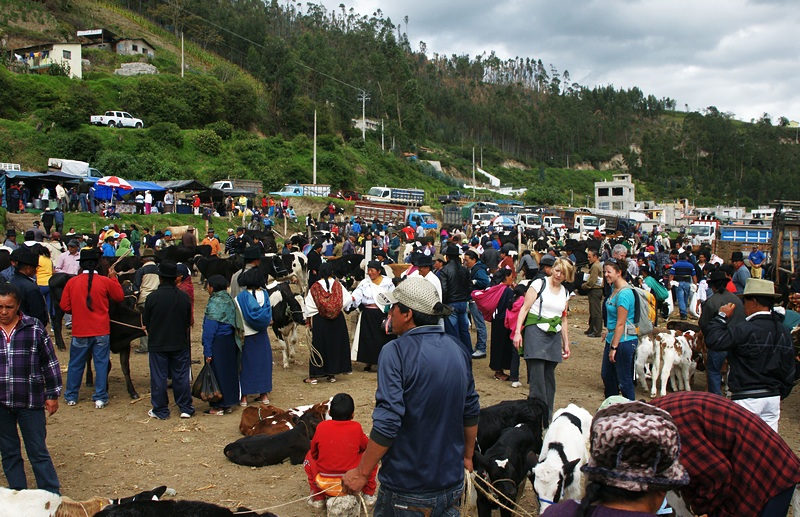
The livestock market is about a 15 minute walk from the main plaza and all kinds of animals are offered for sale.
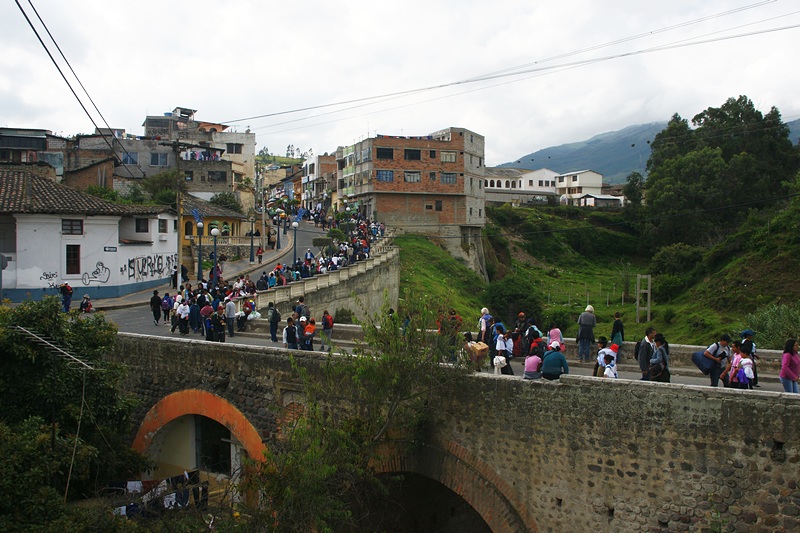
There was a steady stream of locals heading into the city. Note that under the bridge in the arch outlined with red bricks there is a home.
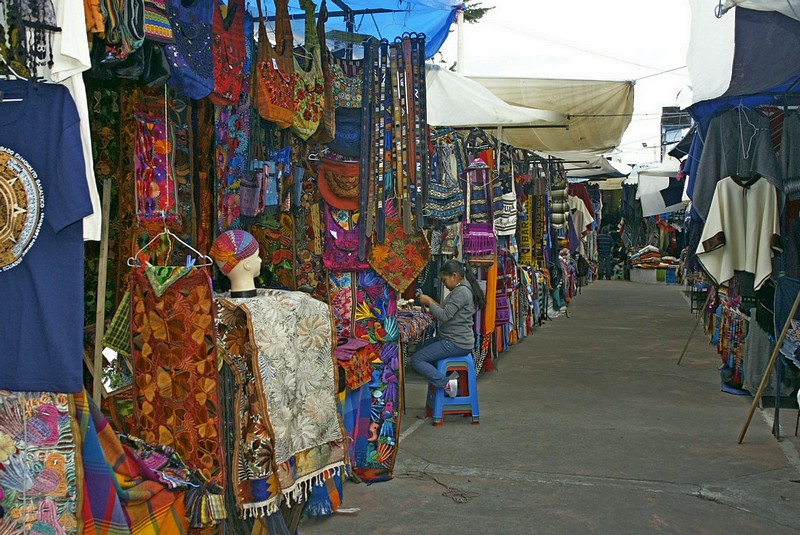
Rows and rows of everything imaginable, Musical instruments, jewelry, paintings, hats, shoes, toys, yarns, fake shrunken heads, and food are all offered for sale.
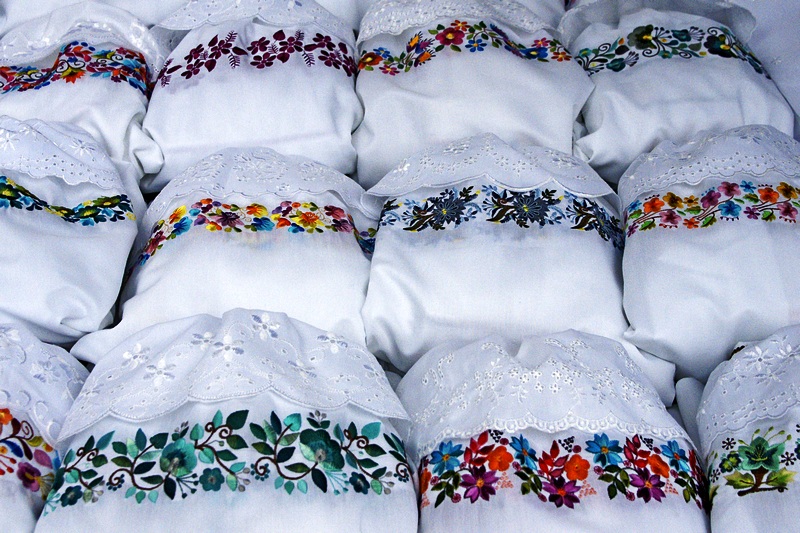
The traditional embroidered tops worn by most of the women. A black skirt and a woven cumberbun complete the outfit.
This time I got to see a lot more of the city than I did back in 2011. The weather was good all three days I was there. After the problems I had with my accommodations in Quito my place in Otavalo was the complete opposite. The staff were friendly and although they could speak very limited English the rest of the place more than made up for it, and there was HOT water. I was tempted to make some purchases and did come away with a few gifts to bring back home to Gananoque.
I will try to get one more post off before I leave for the Galapagos early Tuesday. Stay tuned, same place, same correspondent but always a new adventure.
regards
Wayne
All images used on this site, except the header image, are the property of and Copyright © 2012-2013 Wayne Parks, and as such, may not be used in any way without the express written consent of Wayne Parks.

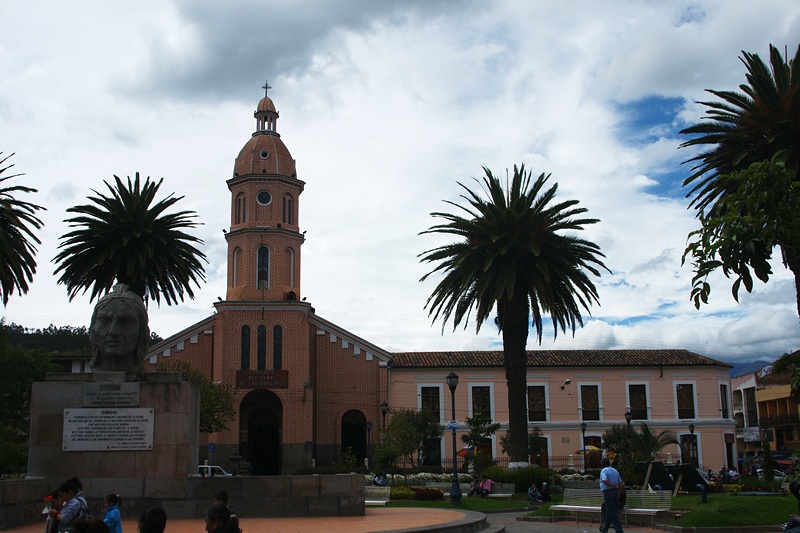

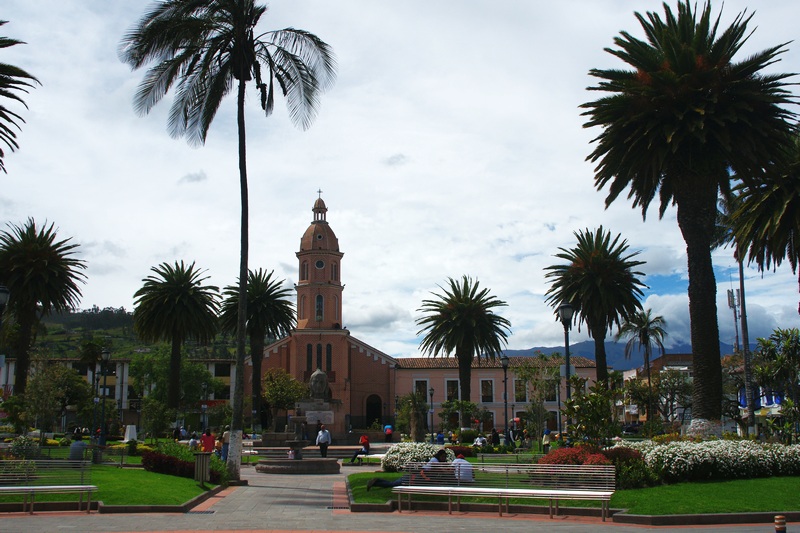
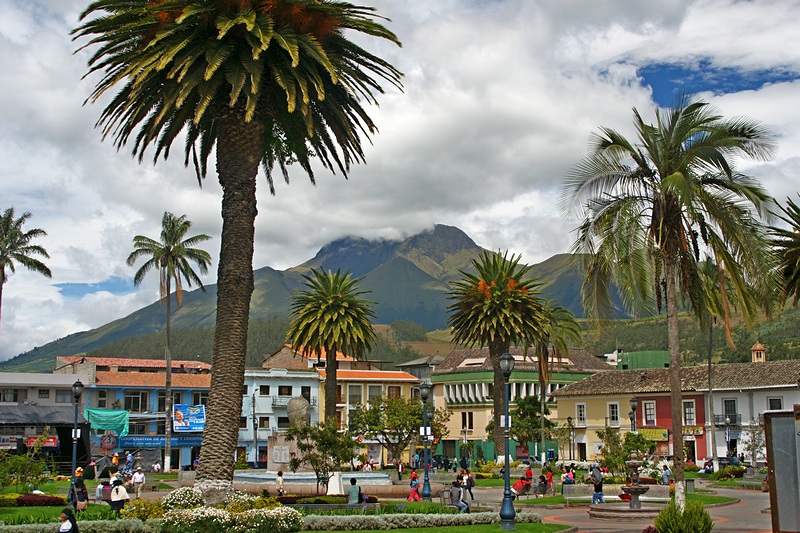

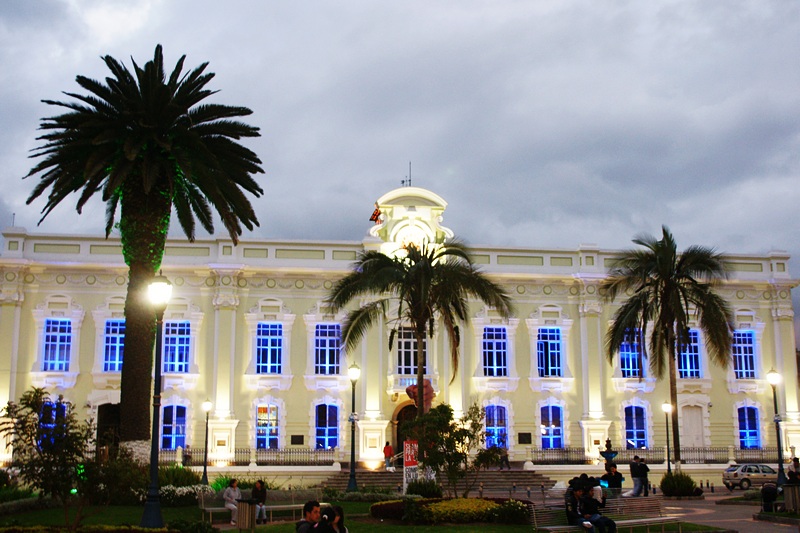

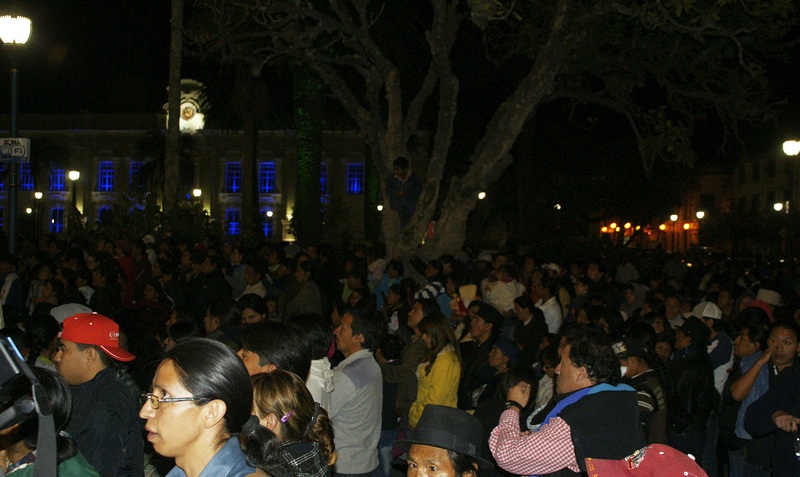
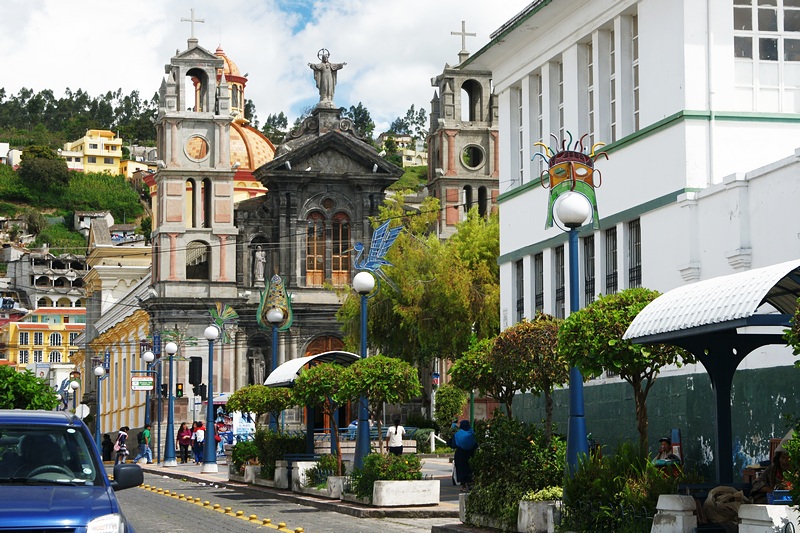
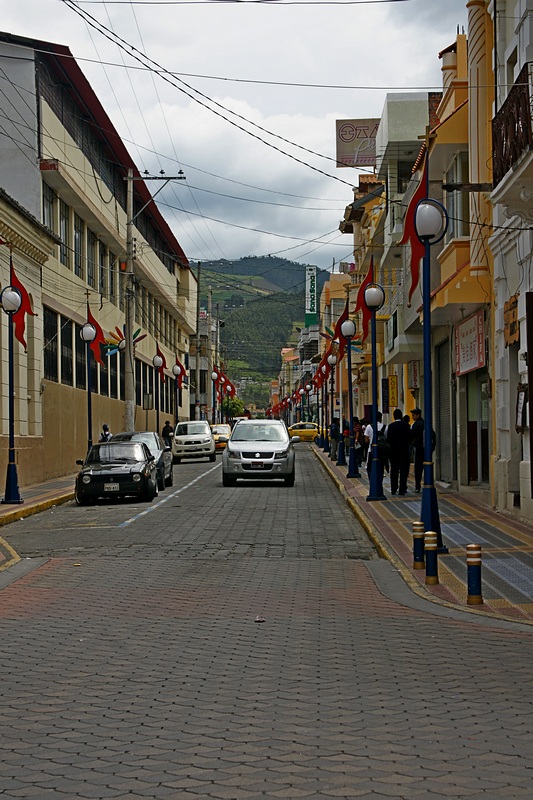
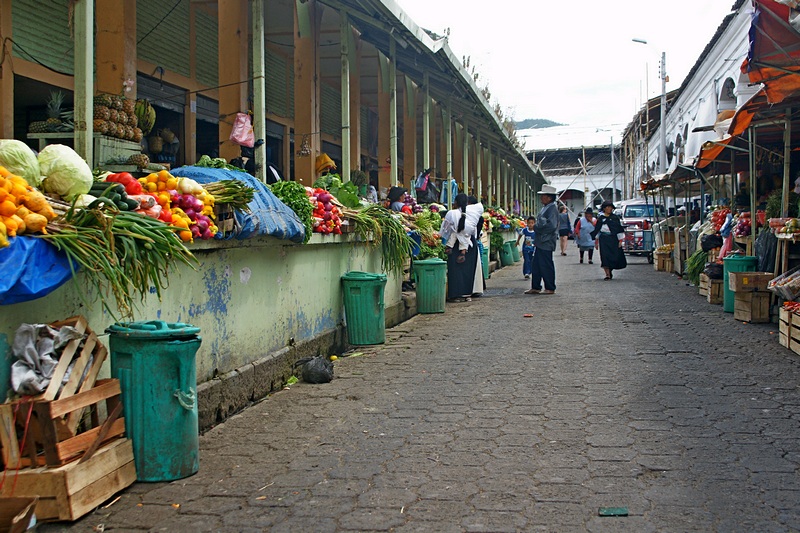
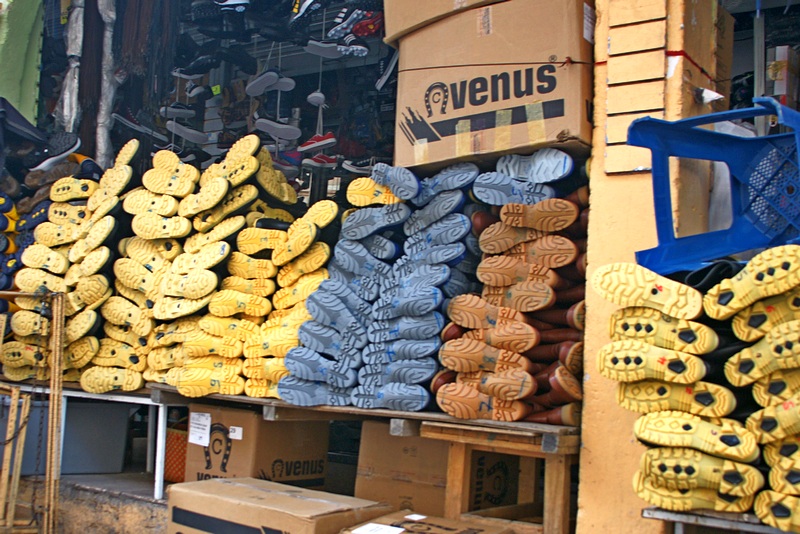
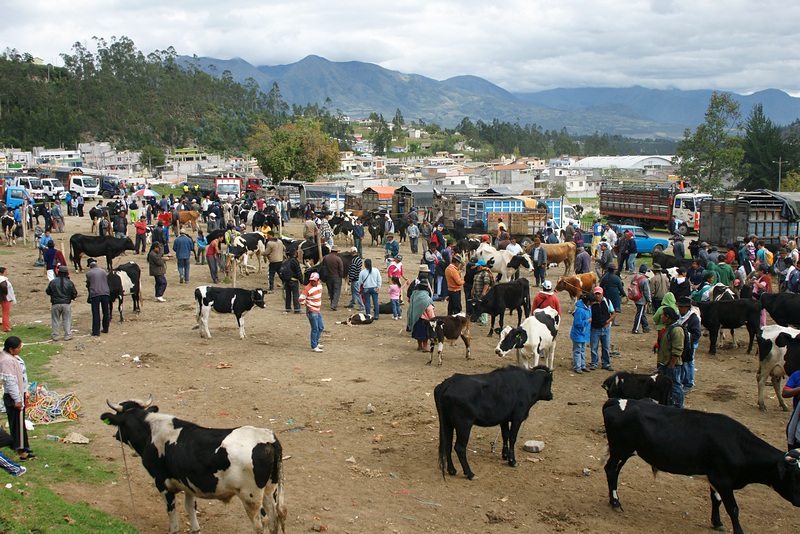
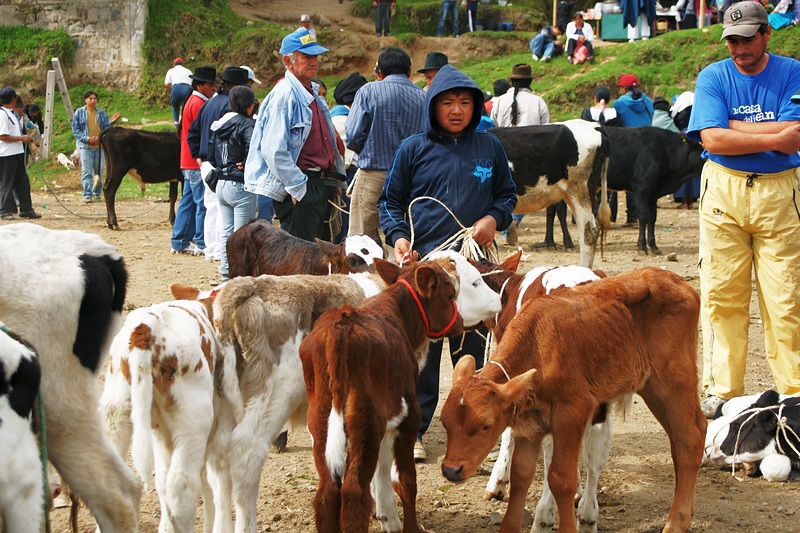
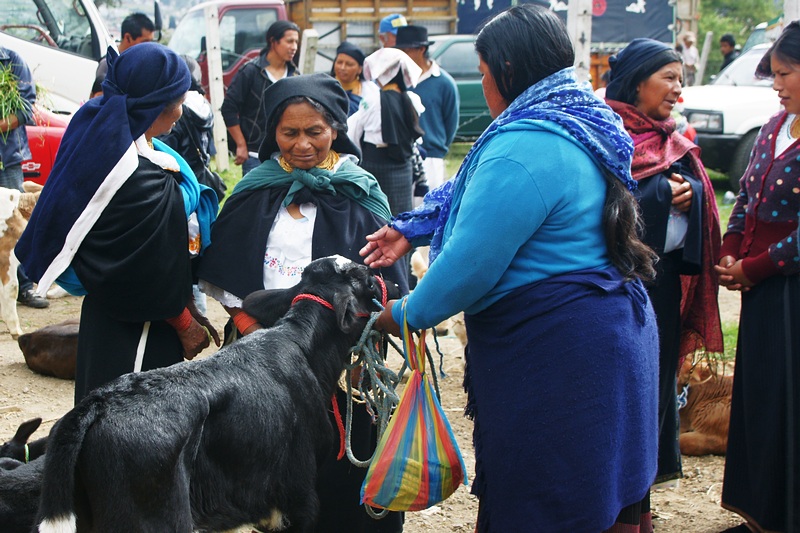
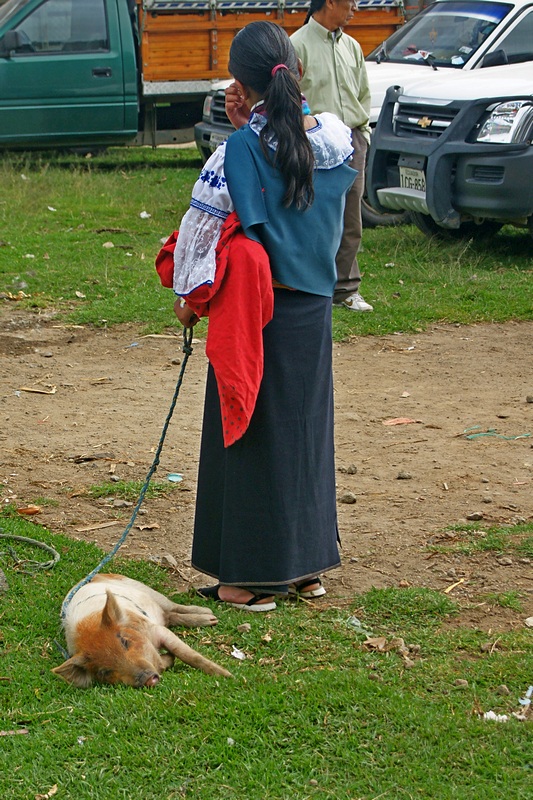
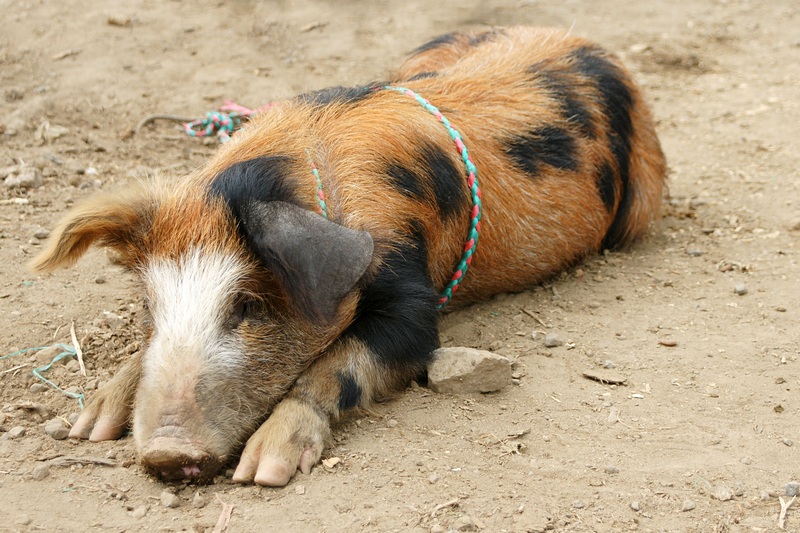
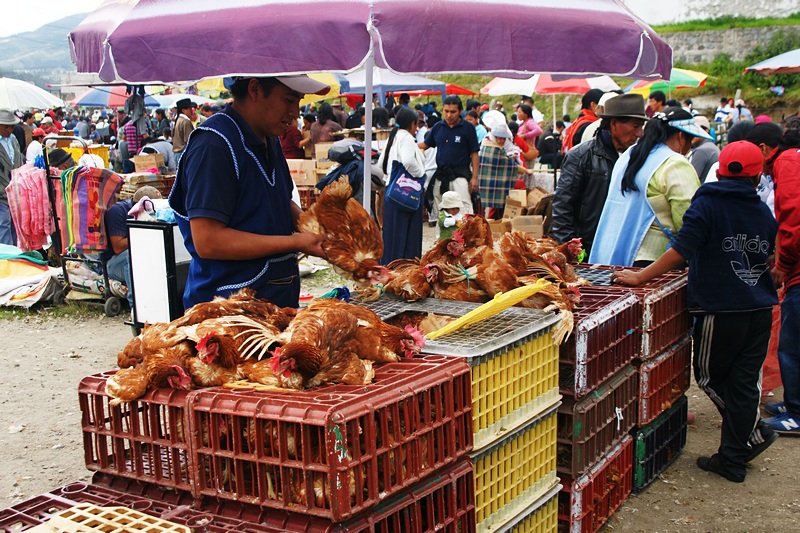
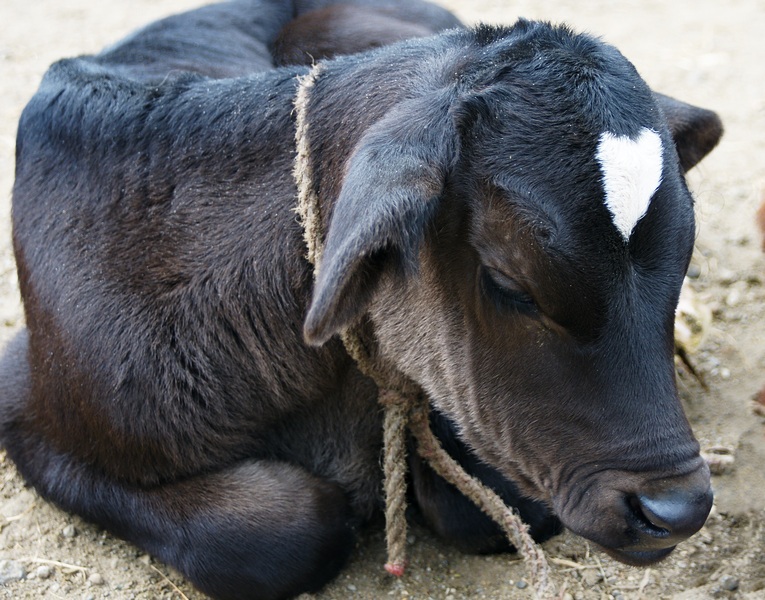
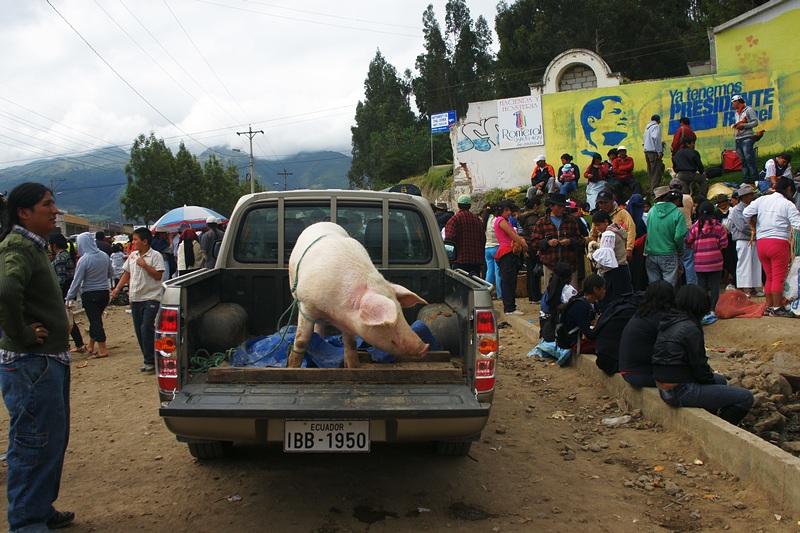
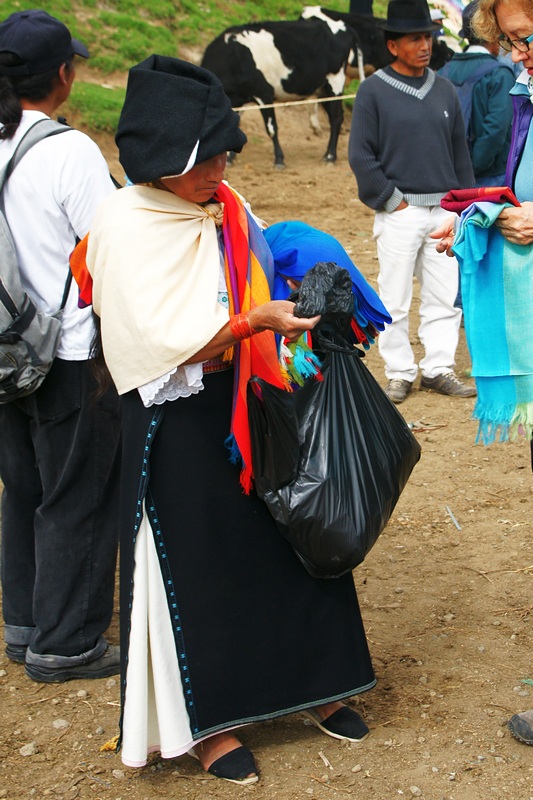
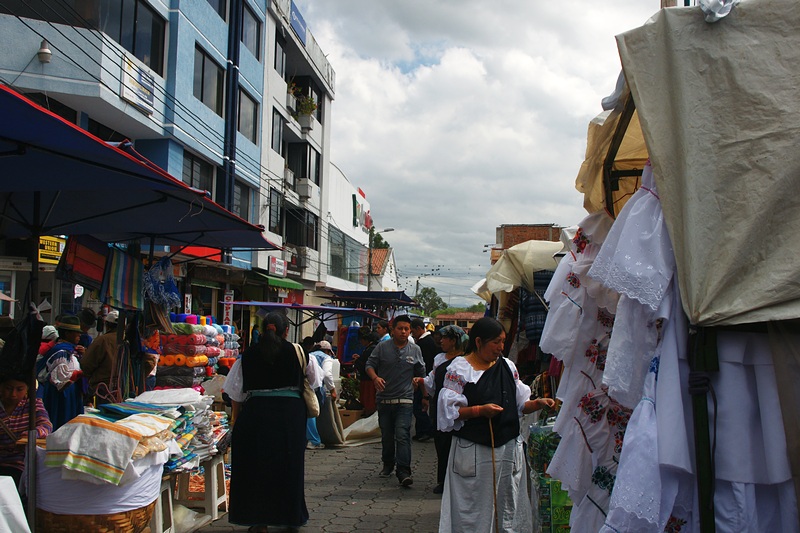
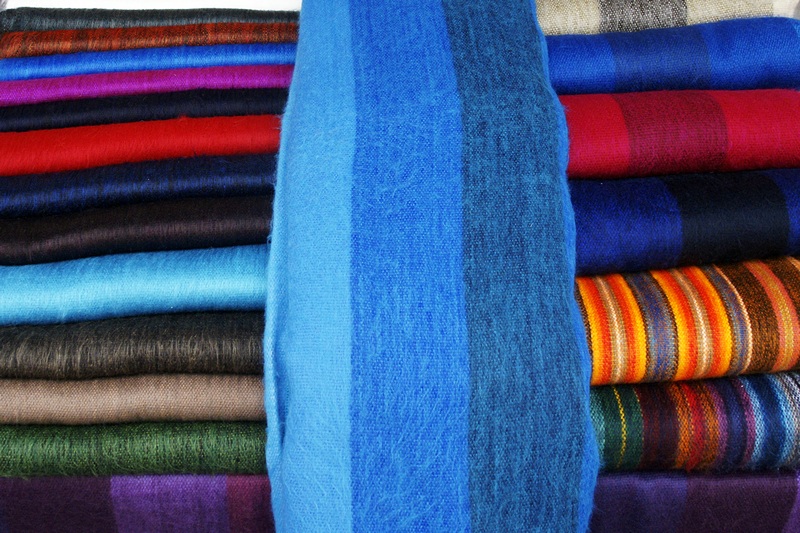
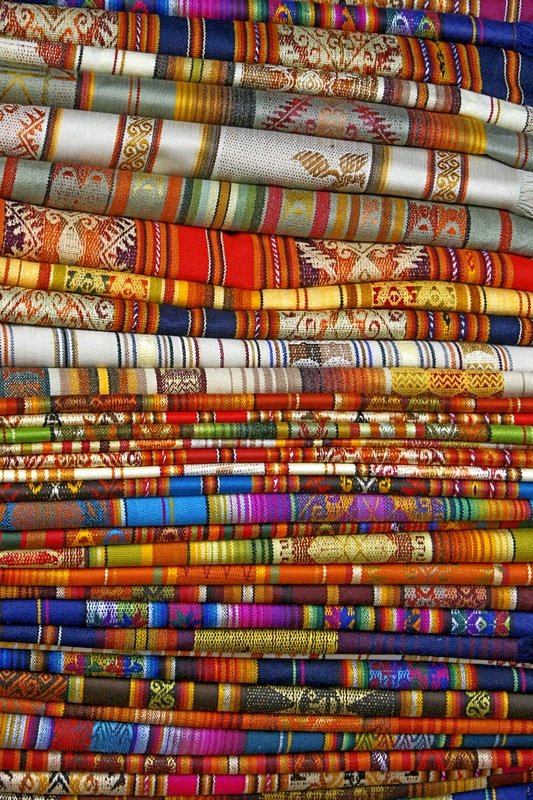




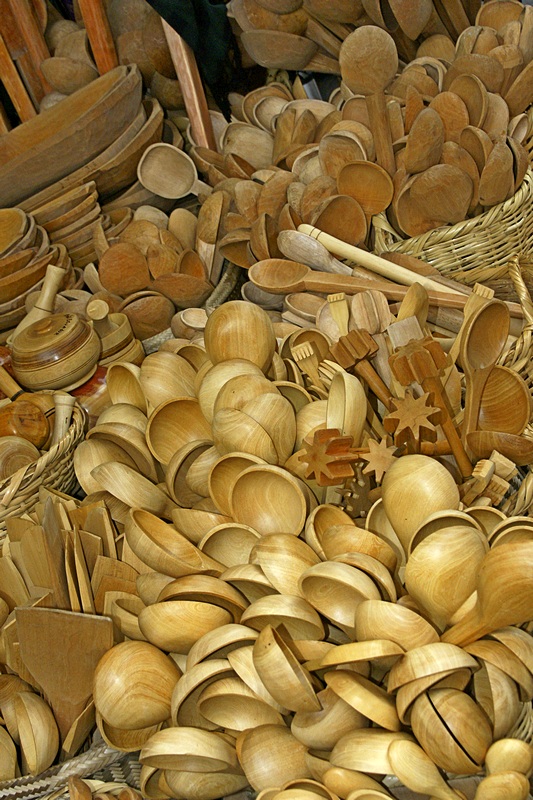
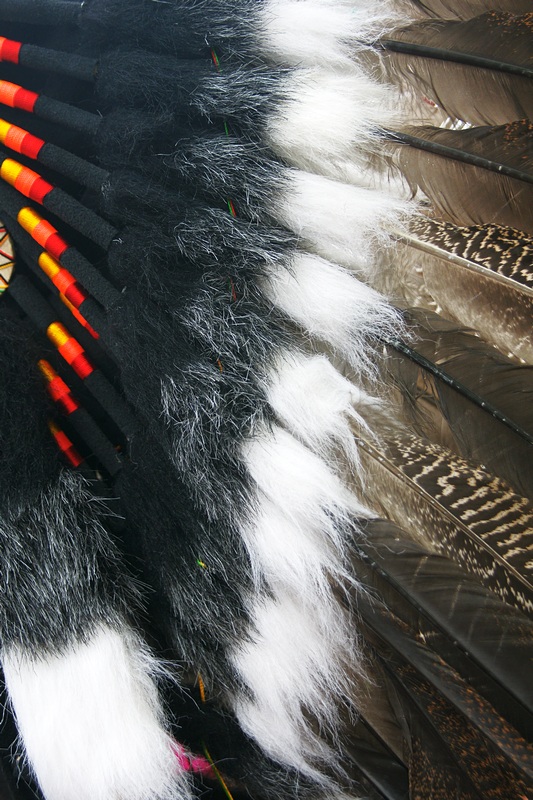
Wow! What a kaleidascope of colour! The markets are fabulous, all of them, but I would have had to be tied down to stop from buying too many of those wonderful rugs, cloths and embroideries.
Rennie,
Yes the colours, sounds and the smells of the market are all great. Like you I do have to use restraint while in a place like this. However like last time I leave all my gift buying for there and try to do it all in one occasion. I purchased a small duffel bag to carry my purchases, hopefully American A will take it as my carry on and my backpack as my personal item. Things are so cheap $100. goes a long way.
Tomorrow the Galapagos and no Internet for 8 days so i will be having with drawl symptoms by the time I get back to the mainland.
Regards
Wayne